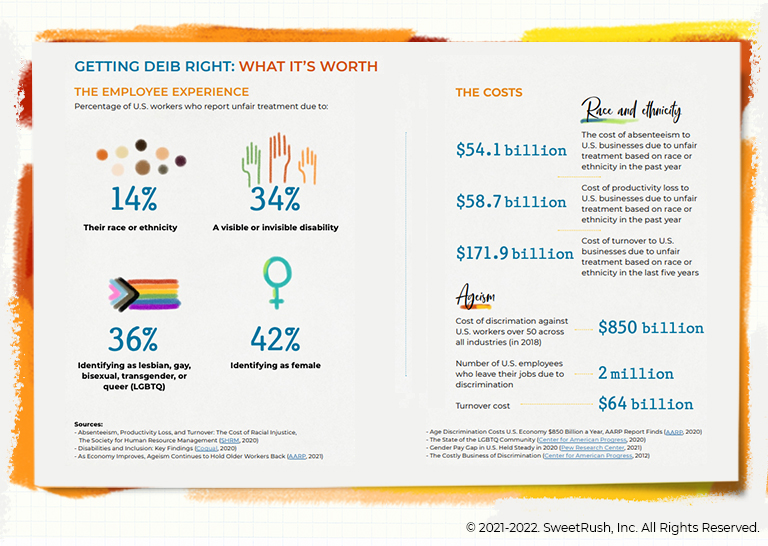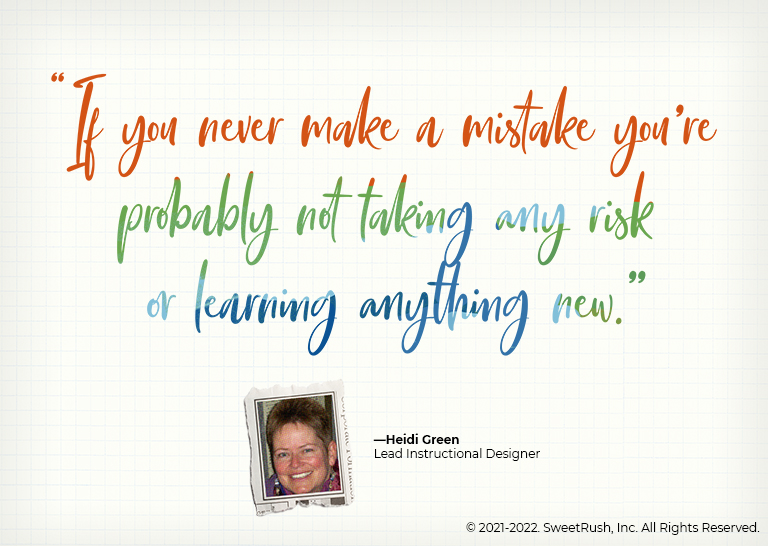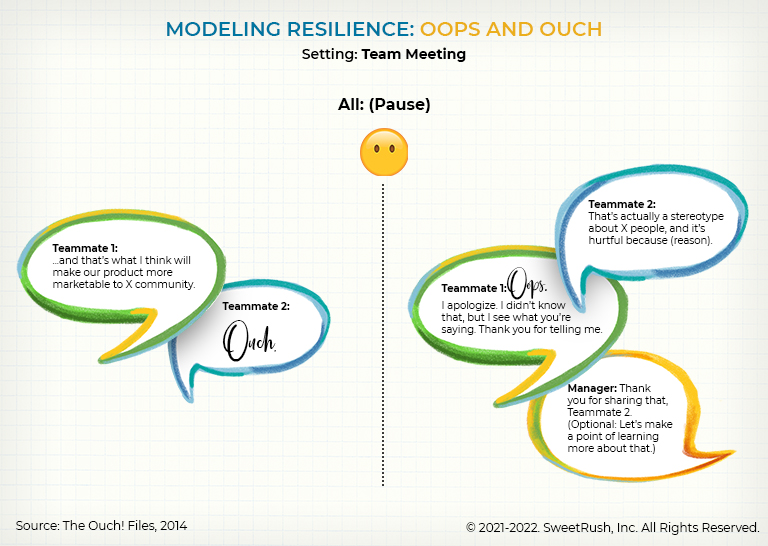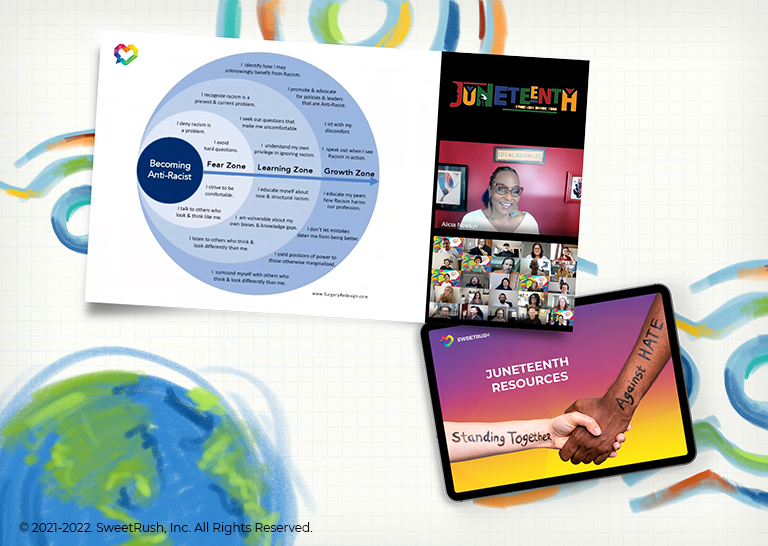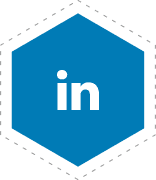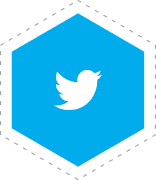San Francisco, Calif., May 15, 2024 – The SweetRush team is so honored to be recognized as the number-one content provider for Diversity, Equity, and Inclusion (DEI) Training Content by eLearning Industry for 2024 for the third consecutive year.
“We are so thankful for the award, but this is about our industry and the opportunity and responsibility we all have to use our craft to be a force for positive change,” said SweetRush CEO Danielle Hart, “and promoting the values of DEIB stands out as a powerful human-centered value all of us in our industry can focus on and be proud of.”
Many clients care deeply about—and come to SweetRush specifically for—Diversity, Equity, Inclusion, and Belonging (DEIB) training. However, regardless of the training topic, DEIB can be infused in all training deliverables, from the way people and avatars are depicted to how stories are told and language is used.
“Businesses trust SweetRush to deliver training that embraces everyone’s unique experiences. They are great at uncovering unconscious bias, creating a common language, and opening hearts and minds.” – Christopher Pappas, eLearning Industry Founder.
At the heart of SweetRush’s success is its innovative approach to DEIB training, thoughtfully designed to meet the diverse needs of clients and learners. SweetRush’s bespoke programs feature inclusive storytelling and character designs that resonate across a broad audience, enhancing the learning experience by ensuring all participants feel seen and respected. This commitment to diverse representation in eLearning provides authentic experiences that reflect the real-world diversity of the learner population, fostering an environment where everyone feels valued and included.
“Our mission at SweetRush is to infuse DEIB into everything we do; it’s not just what we do, it’s who we are,” said SweetRush DEIB Lead Gonzalo Solorzano. “This recognition is a testament to our deep commitment to creating learning experiences that are not only educational but also transformative.”
SweetRush’s partnership with the Human Rights Campaign Foundation (HRCF) exemplifies this thoughtful approach to character authenticity and depth. In character design, SweetRush takes great care to “treat our characters with respect,” considering them representations of real people rather than mere lines on a digital page. By understanding their backstories, dreams, and desires, SweetRush finds unique ways for characters to express themselves as individuals.
In collaboration with the HRC Foundation, SweetRush has applied these principles to develop workforce training focused on diversity, inclusion, and belonging. This project employs narrative-driven, inclusive content that deeply engages learners on crucial topics such as Allyship in Action, Gender-Inclusive Language, and Unconscious Bias. Each course is thoughtfully crafted to address critical issues affecting traditionally marginalized groups. This ensures that the training educates and resonates with learners, fostering a genuine connection to the content and promoting a deeper understanding of DEIB principles.
“Our approach goes beyond traditional learning; we focus on immersive experiences, leveraging multimedia and real-life narratives to foster empathy and understanding among learners,” Hart said. “We believe in the power of education to transform lives and are committed to helping organizations create inclusive cultures.”
SweetRush also collaborated with the Society for Human Resource Management (SHRM) to create the People Manager Qualification (PMQ) program, a distinguished example of training, which includes 70 diverse characters and modules focused on workplace bias and social justice. Recognized for its innovative approach, the PMQ program has received numerous accolades, including 8 Brandon Hall Awards—highlighted by a Gold Award for Best Learning Program that Supports and Promotes Diversity, Equity, and Inclusion, and a Gold Chief Learning Officer Learning in Practice Award for Excellence in Content. With SHRM’s membership exceeding 300,000 individuals in 165 countries, the program is poised to make a significant impact on the global workforce.
These initiatives are underpinned by SweetRush’s commitment to embedding diversity and inclusiveness in every solution. “We prioritize learner empathy, engaging diverse perspectives, and fostering a visually diverse world in our content,” said Rae Feshbach, a SweetRush Solution Architect who is passionate about DEIB training. “Our collaborative development process ensures that our learning solutions are accessible, usable, and truly inclusive.”
If you’d like to speak with SweetRush about its award-winning approach to DEIB training programs, get in touch to connect with a consultative expert!
About SweetRush
SweetRush is trusted by many of the world’s most successful companies to help them improve the performance of their employees and extended enterprise. SweetRush is known for exceptionally creative and effective solutions that combine the best of learning experience design with highly engaging delivery. SweetRush services include custom L&D solution design and development, high-performing staff-augmentation talent staffing, certification development, voice-over, and innovative learning technologies such as VR, AR, and AI. SweetRush’s work has earned a long list of awards and accolades in collaboration with its world-class clients. Discover more at www.sweetrush.com.
